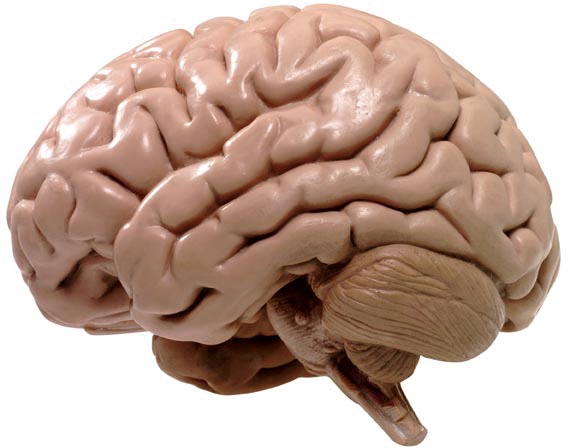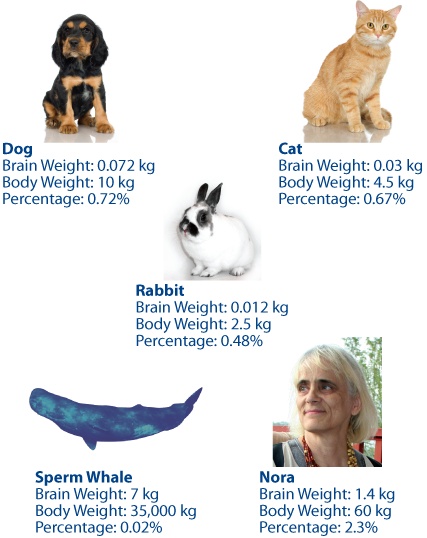For most of this book, you'll focus on what your brain does, and pay less attention to its plumbing. It's not that the brain lacks interesting hardware. But you can easily spend a lifetime studying your brain's biological workings without having the faintest idea why your company laid you off, your spouse ran off with another lover, and your dreams are filled with gorillas in tuxedos serving you shrimp cocktails.
To get practical information that can help with life's day-to-day challenges, you need to concentrate on your brain's softwareâin other words, the thoughts, emotions, and higher-level processes that are endlessly at work in your squishy gray matter. In this book, you'll explore these phenomena closely. But, before you get started, there are a few underlying details to get out of the way. You need a crash-course in brain basics.
In this chapter, you'll take a quick tour to see what your brain looks like and how it's structured. You'll take a close look at neuronsâthe tiny wires that convey electrical signals in your brainâand find out how your brain plugs into the rest of your body. Along the way, you'll dispel a few myths about the brain, peer into its evolutionary history, and learn a few of the secrets of mental health.
It's time to meet your brain.
Lurking in the space between your ears is a very soft, reddish, jelly-like organ. (If you were expecting your brain to be firm and deep grey, like a wrinkled walnut, you are no doubt thinking of a preserved brain. The living brain is much squishier, and it's covered in deep red arteries.)
The average human brain weighs in at about three pounds. By comparison, an elephant's brain tips the scale at 11 pounds while a cat's brainâbrace yourself, cat loversâis a mere ounce. Bigger animals tend to have bigger brains, and some scientists suggest that a high brain-to-body weight ratio distinguishes the smart species from the dullards. In other words, the larger the brain is as a percentage of body weight, the smarter the creature. This calculation puts a few of our favorite animals at the top of the list (like dolphins and chimpanzees), but it needs a bit of fudgery to deal with really small animals (like birds and mice), which would otherwise appear to be raging geniuses.
Tip
You can check out the brain weight of your favorite animal at http://faculty.washington.edu/chudler/facts.html.
Of course, size isn't everything. Although all mammals have some strikingly similar brain hardware (and, to a lesser extent, so do all creatures that have any sort of brain), there are key anatomical differences. To really understand your brain, you need to dig deeper.
Get Your Brain: The Missing Manual now with the O’Reilly learning platform.
O’Reilly members experience books, live events, courses curated by job role, and more from O’Reilly and nearly 200 top publishers.



